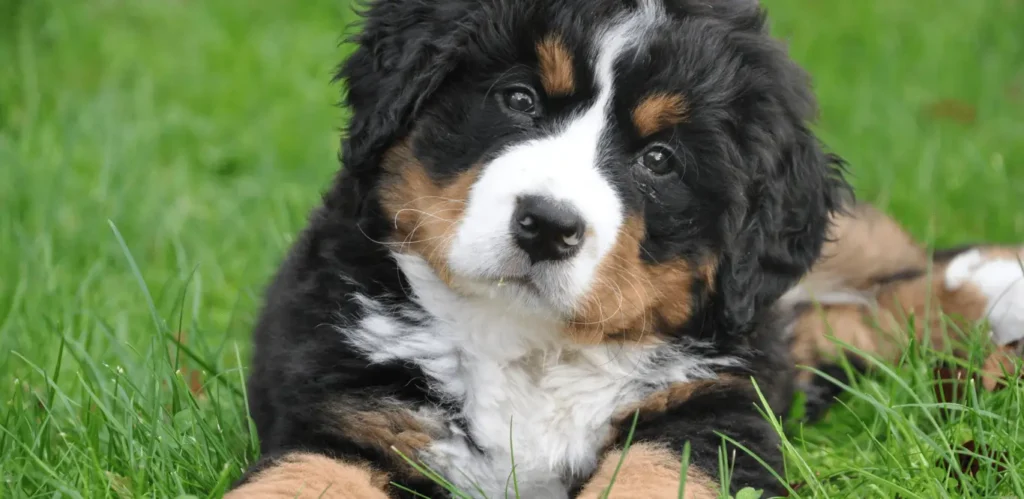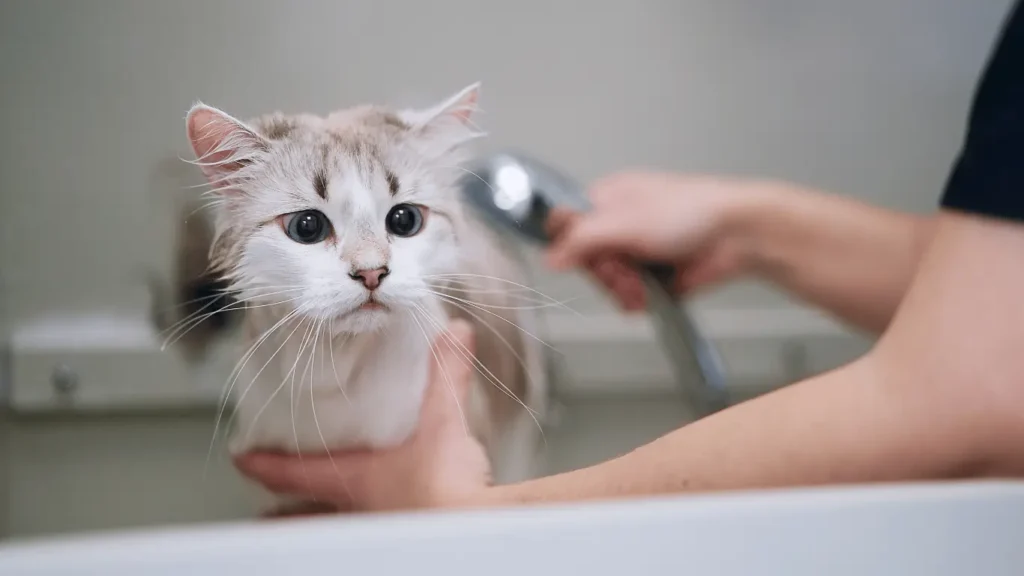If you have a dog and you hear a strange sound from your dog. It seems like it is having trouble breathing. This is called reverse sneezing in dog. If your dog starts reverse sneezing, don’t worry first stay calm. While it can be alarming but not dangerous, understanding what it is, and what causes it. This article will help you understand and manage this condition.
What is a Reverse Sneeze in dogs?
Dogs involve rapid and repeated inhalations through the nose in reverse sneezing. When the dog repeated the inhalation they created snorting or gagging sounds, this behavior can look and sound alarming to dog owners. But it is normally harmless. And usually resolves independently within a few seconds to a minute.
Why Is It Called “Reverse” Sneezing?
The word “reverse” sneezing comes from the direction of the airflow. In a regular sneeze, air is expelled outwards; in reverse sneezing, it is drawn inwards. To clear irritants from the nasal passages help inward airflow.
Causes Reverse Sneezing in Dogs
Reverse sneezing is common in dogs. And usually not a cause for alarm. It’s often triggered by irritation or inflammation of the pharyngeal, nasal, or sinus passages. There are some causes given below:
Allergies
Animals like dogs have allergies to environmental factors like humans. Such factors may be certain food, pollen,mold,or dust. It can cause irritation in their nasal passages and throat. When dogs are exposed to allergens. These allergens can be both indoors and outdoors. They vary depending on the region and season. Identifying and minimizing exposure can help to reduce allergies in dogs.
Foreign Objects
Dogs may accidentally inhale small particles like dust, grass, or even tiny objects. These foreign objects can irritate their nasal passages, or throat. Dogs are curious creatures. They always explore their surroundings with their noses. Which can cause the inhaling of such particles. Keeping their environment clean and free of small objects.
Excitement or Anxiety
Dogs create such voices when they’re excited or anxious. This can be caused by events like meeting new people or going to the vet and some others.
Respiratory Infections
Respiratory infections can lead to reverse sneezing,especially in dogs. These infections may be due to many reasons. These infections may be viruses, or bacteria, viruses. When they respire it can be irritating and abnormal respiratory reflexes. Repeated inhalations through the nose, often caused by snorting or gagging sounds.
Brachycephalic Syndrome
It affects breeds with short noses, such as Bulldogs, Pugs, and Boxers. This is because of their unique anatomy. Like
A shorter nasal passage
A longer soft palate
A narrower nostrils
These features can cause different breathing issues. With shorter nasal passages, these dogs may have more trouble breathing. The longer soft palate can block the airway a bit, causing irritation. Narrow nostrils make it harder to breathe, which can irritate the nasal passages.
Temperature Changes
Due to change in temperature or weather can trigger reverse sneezing in dogs. When a dog breathes in cold air,the cold air flows in the nose. It can be irritating for the nose and throat. Moving from a warm environment to a cold one, can cause the nasal passages to react. This reaction can sometimes trigger reverse sneezing. That is usually harmless and stops on its own.
Symptoms of Reverse Sneezing
How do you recognize the symptoms? There are some symptoms that can help you to understand the respiratory issues.
Snorting and Gasping Sounds
In dogs it is initially identified by a distinct snorting or gasping sound. It seems your dog is having trouble breathing.
Head Posture and Extended Neck
When your dog is breathing difficult then he stands in a special way. It sticks its neck out and stands with its legs apart. This helps in breathing. When the neck is stretched out, it makes a straight path for air to go from the nose to the lungs. He gets more air in and out.
Rapid Breathing
In this stage the dog breathes very fastly. This means it’s taking in air fast. But don’t worry, after the episode is over, your dog’s breathing should go back to normal. So, fast breathing is temporary and nothing to be alarmed about. It’s just the body’s way of dealing with whatever’s happening at that moment.
Veterinary Treatment
Diagnostic Procedures
Vets might perform blood tests, nasal swabs to determine the cause of frequent reverse sneezing.
Medications and Therapies
Through the blood test the vet arranges proper treatment.
Lifestyle Adjustments for Dogs
Diet and Nutrition
A balanced diet can increase your dog’s immune system. Like humans, animals need a balanced diet for a better life.
Exercise Routines
Additionally,regular exercise can keep your dog healthy. Jumping, running and some activities can keep the dog healthy. Creating a calm environment can help too.
Home Remedy
I prefer a small amount of honey with milk or water. This remedy is always helpful for my pet. If your dog has no other health issues then you can try it. But some herbal remedies like chamomile tea are best for your pup throat.
FAQs
Is Reverse Sneezing in Dogs Dangerous?
No,no need for any medical treatment. And it is not a dangerous disease or a serious issue. If you find a serious condition in your pet then visit to Vet. These conditions like respiratory infections, nasal mites, or other concerns.
How to Stop Reverse Sneezing in Dogs?
To stop reverse sneezing in your dog, here are some steps:
First you control your frustration. If you are calm then your dog feels ok because you know dogs are sensitive.
Gently Massage the Throat that can help soothe the spasms.
Cover your dog’s nose. Heat can help to relax.
Gently blowing in your dog’s face can make them swallow and stop the sneezing.
Give some drinking water. When water passes through the throat, clear any irritants.
How to Treat Reverse Sneezing in Dogs?
- Gently rub your dog’s throat.
- It helps them swallow and stop the sneezing.
- Briefly cover your dog’s nostrils.
- Keep your dog calm by speaking softly and petting them.
- Anxiety can make reverse sneezing worse.
- Offering your dog a small amount of water.
- Ensure there are no strong odors or smoke that can cause the irritation.



